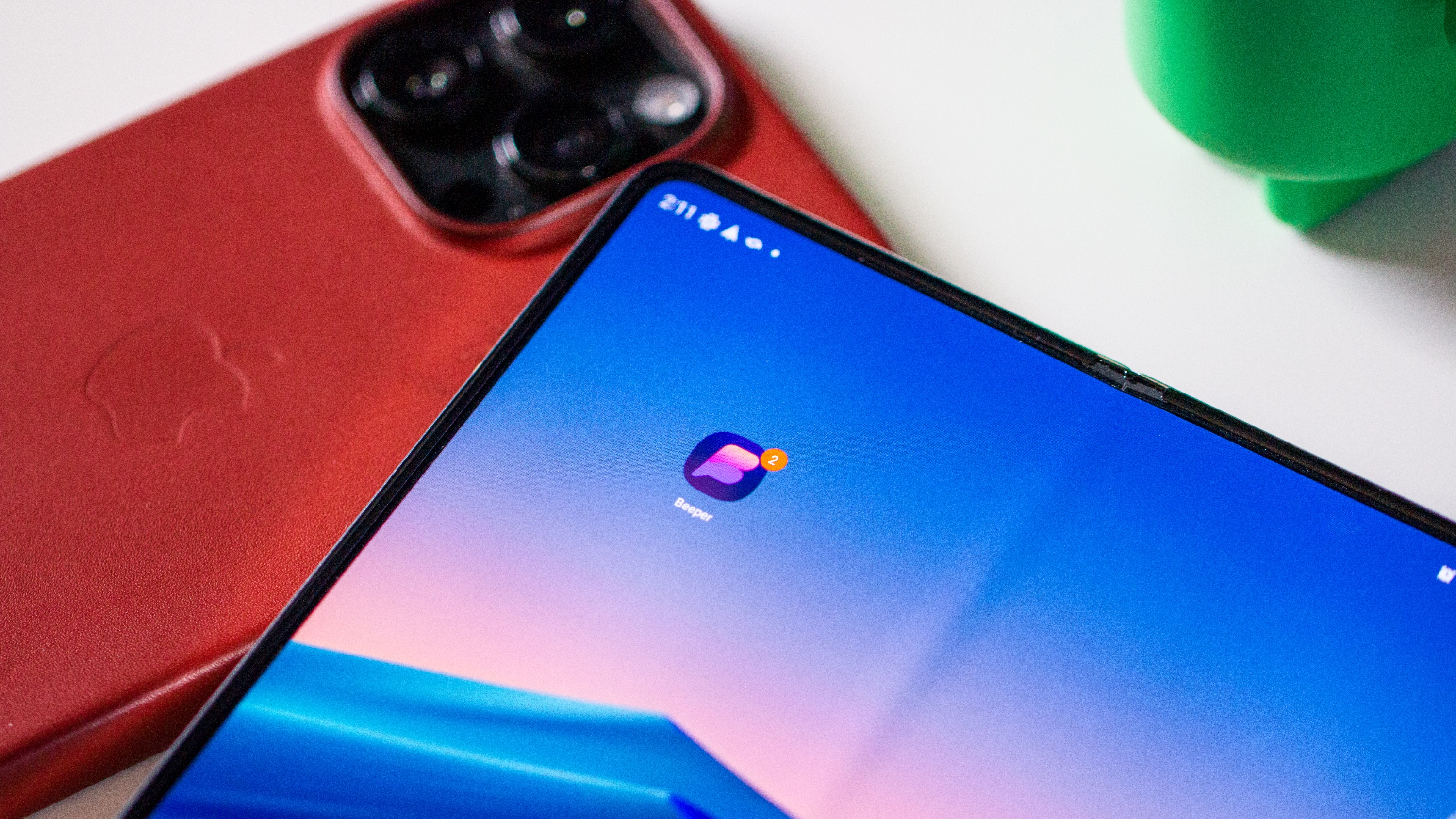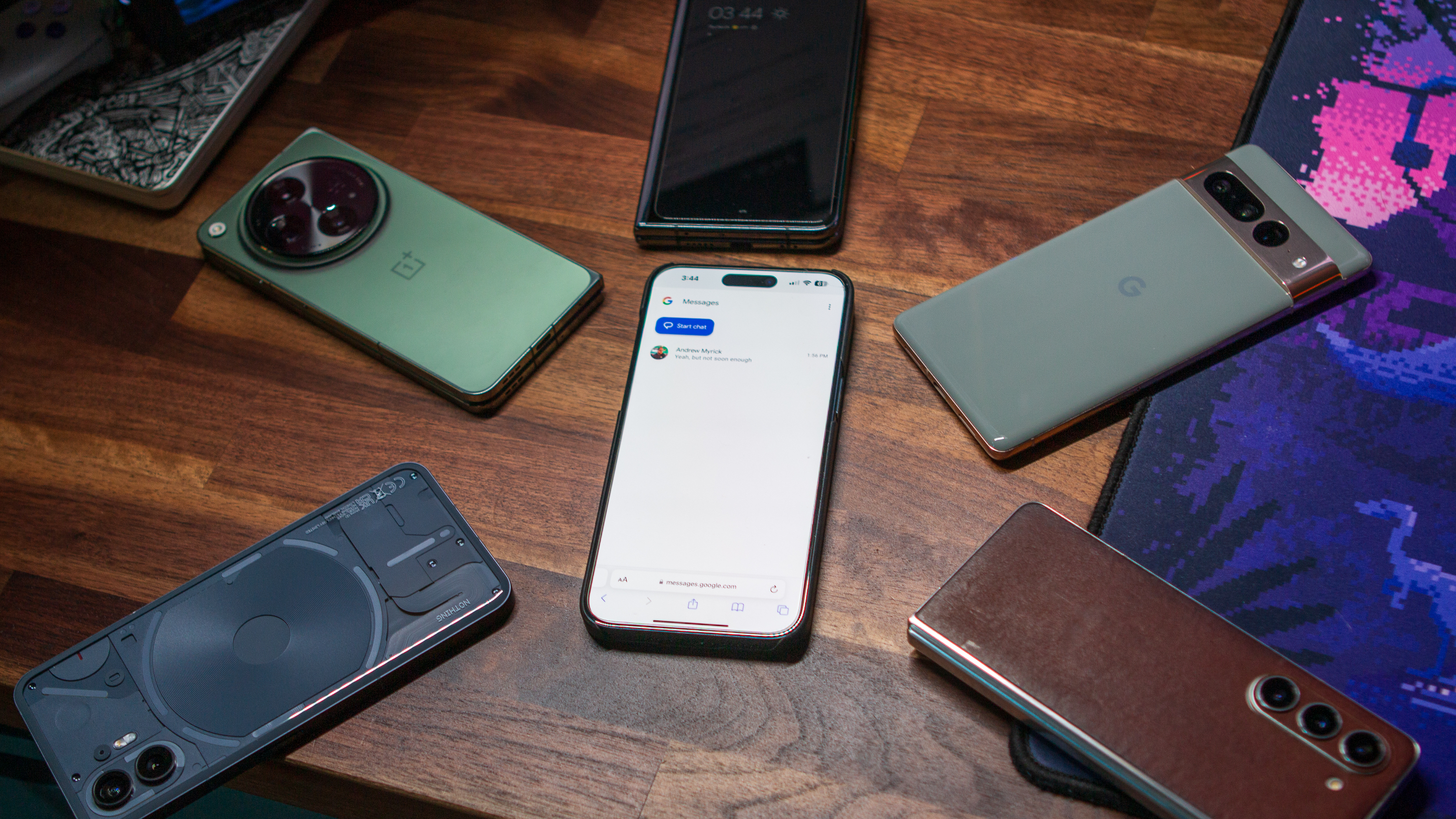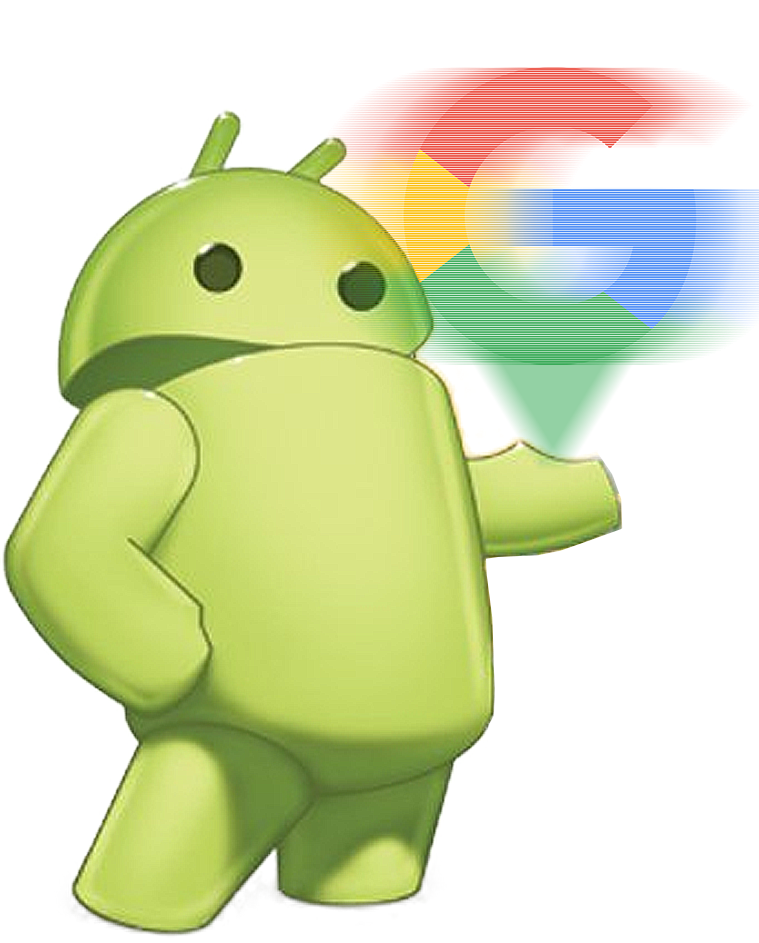
Beyond the alphabet
Beyond the Alphabet is a weekly column focusing on the world of technology inside and outside Mountain View’s borders.
In addition to the world of AI-powered chatbots, another topic I’ve been keeping a close eye on lately is the ability to use iMessage on Android. It’s not impossible to do, and it wasn’t, but it requires a lot of time and patience, waiting for an invitation or not feeling comfortable with the available apps.
I won’t go back down the rabbit hole regarding Sunbird and Nothing, as I’ve already written enough about them. However, Beeper made a surprise announcement this week, introducing the Beeper Mini as a new way to use iMessage on Android.
Until recently, I was actually using Beeper but ran into some issues that resulted in my iPhone locking up whenever someone sent me an iMessage. That’s all changed now, as the Beeper Mini seems to solve the problems I had in a way I didn’t think was possible.
The Beeper Mini can succeed where the rest fail

Naturally, the old sanity tank started churning once the Beeper Mini was released, and the “nerd” side of me downloaded the app faster than you can say “RCS.” It wasn’t until I took a step back that I started to wonder (and worry) if this would end up with the same fate as Sunbird.
After communicating with the CEO of Beeper Eric MigicowskiHe was gracious enough to give me a little perspective. He states that he likes to “believe that we are many times better than all the competitors.” He then directed me to a blog post called “How Beeper Mini Works,” which provides more insight into the technical aspects, something that Nothing and Sunbird were probably supposed to do.
Instead of relying on server racks full of Macs that you can’t physically access, everything is handled directly through Apple’s “end-to-end encryption protocol.” This includes keeping all your messages end-to-end encrypted, regardless of whether you use your Apple ID or not.
This led me to wonder about a possible response from Apple, especially considering that there’s nothing that wants to take credit for announcing RCS to iOS. When asked if Beeper was concerned that Apple might patch the exploit in the future, Migicowski opened my eyes with his answer. “It’s not really an exploit. The Beeper Mini connects to iMessage the same way an iPhone does.”
So, one of the scenarios that Android users dream of has become a reality. You can basically turn your Android phone into an iPhone, at least when it comes to the color of the bubbles.
In the same context, some may see the news of the Beeper Mini launch and mock the idea. Apple has already announced that RCS is coming, so why waste time, money and resources on a problem that will be fixed next year? Migicowski’s answer couldn’t be more succinct: “The RCS is great! Beeper [Cloud] “It already supports RCS, so once Apple supports it, we’ll transition to it seamlessly.”
An unnecessary and tired trope

The biggest problem the Beeper Mini aims to solve is the stigma surrounding the “green bubble versus blue bubble” debate. I touched on it before, but it’s a real issue that’s causing problems in the United States, bordering on elitism. More importantly, there are many cases where friends are “left on read” or completely ignored because of the phone they are using.
For some, it’s simply not being able to afford an iPhone, whether it’s a kid in school or an adult who just needs a phone to communicate. There are enough problems in the world that no one should worry about being the source of another Drake meme or song.
The Beeper Mini solves this problem without jumping through any obstacles or using any phone other than the one in your pocket. For those wondering if $24 a year is worth it, that’s not for you, me, or anyone else to decide. If there is value in the cost, it is worth every penny (within reason).
Why do I care so much about iMessage on Android?

You’re probably asking yourself: “Why would he care so much if he already has an iPhone?” This is a very good question, and frankly a very simple answer. Not a day goes by that I don’t carry two phones with me, as my primary SIM is in my iPhone, and I have a secondary SIM for whatever Android phone I’m using that day.
Thanks to Apple’s decision to use eSIM only, changing phones is no longer as simple as taking out the SIM card and throwing it in something else. It also doesn’t help that even though both Android and iOS support the ability to transfer eSIMs, it’s such a headache that I’ve given up trying to do so.
However, even if you are He was To use only an Android phone, there are downsides to doing so. Specifically, almost my entire family has transitioned to using the iPhone. So, there are features offered by iOS that simply don’t work also If you include an Android phone into the mix.
A good example of this is when my wife and I were on a family trip, and everyone there was using an iPhone. When it came time to figure out what we all wanted for take-out, my uncle simply created a shared note, and we could all fill out what we wanted.
RCS on the iPhone doesn’t solve some of the other potential risks of using an Android-only phone in the iPhone family first.
Not to mention the shared photo album feature that allows you to take photos and save them directly into a shared album. It eliminates the headache of trying to get everyone to use an alternative like Google Images.
These are situations and scenarios where it doesn’t matter that Apple brings RCS support to the iPhone. Sure, it would definitely be a better experience if I gave up my iPhone for good, and I want to be able to send photos and videos that don’t look like they were taken with a potato. But that’s pretty much it, at least for my needs.
With something like the Beeper Mini, I can leave my iPhone in another room while still being able to receive and respond to any iMessage that might arrive. Does he do that? truly Theme? No, it’s a specialized problem for a smaller group of people who carry multiple phones and don’t always want to access one phone when using another.

